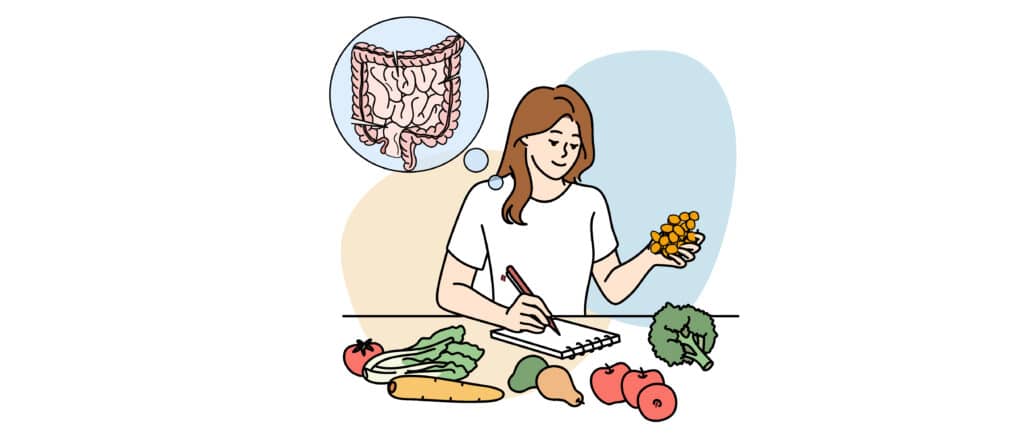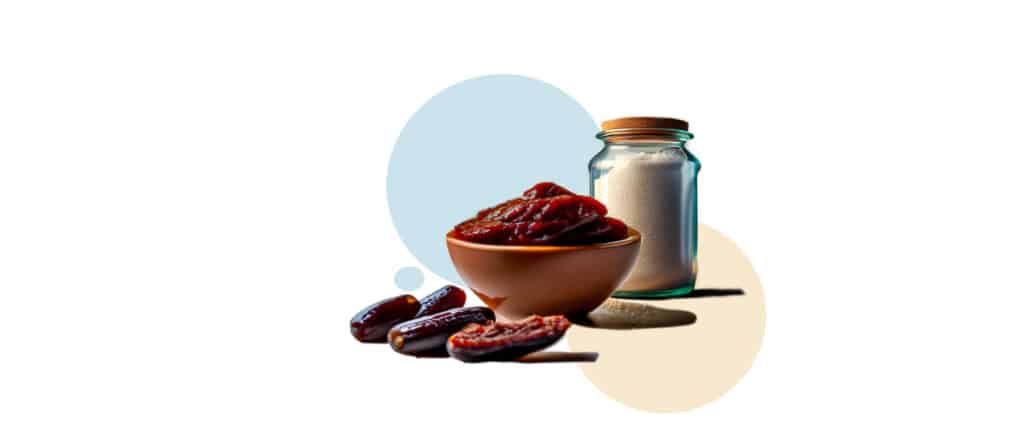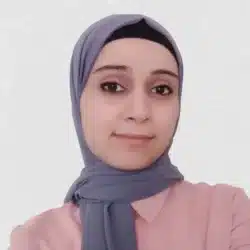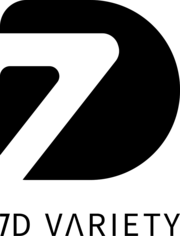6 Commercial Techniques to Preserve Dates
- Dates and Research
- August 2, 2023
- 10 minutes read
Date palm fruit is becoming more and more popular. Therefore, date producers seek chemical-free, high-quality fruits. The handling and processing of the fruit after harvest actively influence its quality. To ensure that the quality remains high during storage, appropriate processes are necessary.
A recent review explores the commercial techniques used to preserve date palm fruits’ quality and safety.
The Study
Below, we will discuss the main techniques used to preserve date fruits. As well as ways to protect them from degradation.
Refrigeration:
It slows down enzymatic reactions, microbial activity, and the life cycle of insects. However, this cooling method is not always efficient and does not completely stop insect infestation.
Fumigation:
This method is more efficient in killing insect life in all its developmental stages. But the main fumigants that are used act slowly and do not stop insects from emigrating the date fruits. Plus, insects have become resistant to the gas used.
Heat treatment:
This technique stops the emigration of insects and beetles in dates. However, it leads to discoloration and separation of the skin of the fruit from the flesh.
Modified Atmosphere Packaging (MAP):
This is the most effective technique to maintain the quality of the date fruits. Plus, it has limited effects on their appearance.
Edible coating:
This method improves the appearance of the fruits and protects them. It also decreases the stickiness of soft dates. Moreover, it reduces the weight loss caused by water evaporation by up to 50%. The quality of the date fruits is also preserved. However, the flavor is partly affected here.
Ozone (O3) treatment:
O3 is considered a safe sanitizer and a strong oxidizing agent. It is highly effective on microorganisms. Plus, it boosts the total phenolic agents of the fruits. However, the effectiveness of this technique varies based on different factors.
Factors such as, the dose applied, duration, Temperature, PH, method of washing, etc. Plus, O3 could induce fruit surface color changes.
Causes of Degradation in Dates
To preserve the fruit, it is essential to consider various factors that can cause degradation in dates:
Microbiological factors:
– Fungal species: they attack the fruit during its different growth stages. Plus, they could lead to aflatoxin contamination that is not safe for human consumption.
– Yeasts: they infect the dates and lead to an alcoholic odor and souring of the fruits.
– Bacteria: they can acidify the dates
Physical factors
Physical factors like crushing, shocks, and drying. They could result in lesions that speed up the process of biological changes.
Chemical factors
Chemical factors like sugar spotting and skin separation. They change fruit appearance and texture.
Biochemical factors
Biochemical factors like enzymatic and nonenzymatic browning. They both lead to the development of pigments.
Insect infestation
Insect infestation causes dates to drop prematurely. It also leads to postharvest losses of dates that are stored.
There are major steps of date handling. This includes classifying, disinfecting, drying, selecting, grading, and packaging.
The first step is classifying the date fruits and choosing the uniform ones. The fruits are sorted and graded by hand via visual inspection performed by guided workers.
Sorting is based on uniform sizes, flesh consistency, maturity, shape, and color. Several studies are being conducted to make the sorting process quicker and the grading efficiency improved. Date contaminants like chemical products and dust should be eliminated before processing. Pressurized air or brushing is the most commonly used method for cleaning. It should however be carried softly.
Date fruits are graded based on their weight and size. Various factors affect quality grades like abnormalities, sunburn, and mechanical and insect damage. These norms are applied for Codex and US Grades. The classifications change in different countries.
The most important requirement for quality maintenance during storage is having 23%-25% of moisture content. This is achieved by dehydration via the usage of hot air or steam carried out in an industrial oven.
During the handling and storage, producers apply packaging to protect the dates. This is to avoid insect and physical damage and loss of water. There are different types and sizes used for the packaging. Before storage, the fruits should be cooled to less than 10 °C, preferably 0 °C. Hydro-cooling is one of the methods used. Extra moisture should be removed from the surface of the cooled fruits before shipping the containers.
During shipping, some physiological processes can be minimized by creating the optimal temperature inside the containers. Shredding the skin of the fruits because of the breakage of the cell walls is easier in low Temperatures and above a moisture of 20%.
Dates are stored at low Temperatures to avoid any color changes, disease incidence, sugar spots, and so on. Plus, cold storage reduces losses of flavor, quality, and texture. Ideal storage Temperature depends on the ripening stage of the fruits and varieties. For longer storage time, the fruits should be stored below the highest freezing T of –15.7 °C. Some dry dates with 20% or less moisture can be stored at − 18 °C, 0 °C, 4 °C, and 20 °C for more than one year, one year, 8 months, and one month, respectively.
Relative humidity (RH) is another factor to consider during the storage period. The lower the RH, the better the resistance to microbial pathogens. The ideal one for storage is between 65% and 75%.
Summary
Scientific Information
- Fungal species – Various types of fungi that can cause infections or diseases in plants, animals, and humans.
- Ozone treatment – The use of highly reactive oxygen (ozone) to eliminate microorganisms and enhance safety and quality.
- Yeasts – Single-celled fungi that can ferment sugars into alcohol and carbon dioxide, impacting odor and taste.
- Biochemical factors – Chemical processes and reactions in living organisms that affect color, texture, and flavor.
- Microbiological factors – Biological aspects related to microorganisms, including bacteria and fungi, that influence fruit quality and safety.









